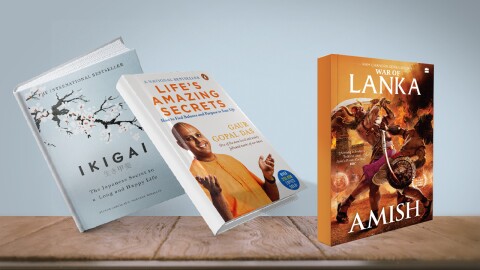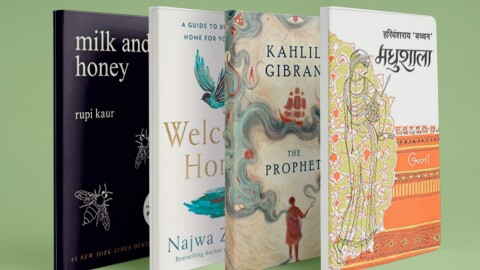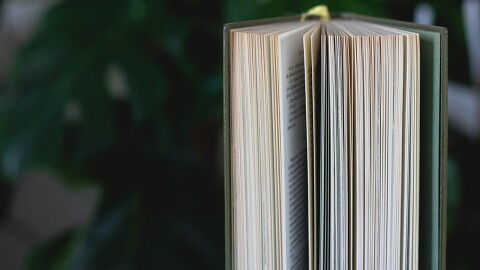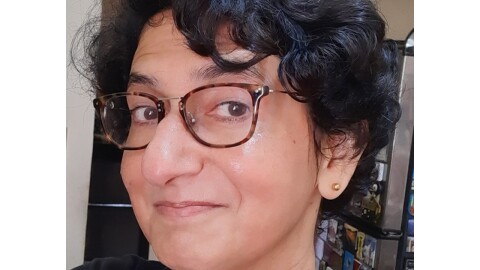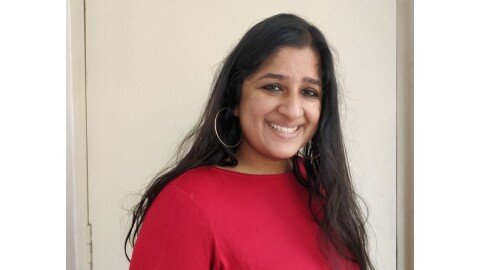Namita Devidayal follows the footsteps of Ustad Vilayat Khan, whom she had met only once, from Calcutta, through Delhi, Bombay, Shimla and Dehradun, to Princeton, USA, where he spent his last years...
Writing about Vilayat Khan is a bit like chasing a hologram because everyone has a different memory of him, a different take on the story. He was himself known to be a liberal embellisher of tales. Someone close to him once said, ‘Woh toh galti se sach bolte hain.’ He speaks the truth by mistake.
He had a stormy wondrous life that set him apart from most other hereditary classical musicians – he loved ballroom dancing and expensive cars and women; he sometimes cut and stitched his own clothes; he made outstanding partridge curry which once inspired the flautist Hariprasad Chaurasia to cut short a concert so that he could come and feast on it. He was filled with contradiction, mercurial, selfish, sometimes even hateful, and other times filled with the most overwhelming expressions of love.
But at the center of it all, unchanging and deep, was the music.
Vilayat Khan created, what a chronicler has described as ‘a narrative of resistance’. He transcended brilliant stroke-craft and cajoled the sitar into sounding like the human voice. This was really his master-move because it brought incredible emotion and a romantic quality to the music. However perfectly strings may be tuned, an instrument is an external prop and cannot have the same impact on a listener as that sound comes from the same place as breath.
Then again, Vilayat Khan’s sitar was never really external. It became an extension of his body, another limb. Even when he was not playing, he would constantly engage with his instrument, tinker with it. That is why his fingers often moved even when he was not playing. His children and students often saw his fingers move or tap while he was fast asleep.
He was filled with contradiction, mercurial, selfish, sometimes even hateful, and other times filled with the most overwhelming expressions of love.
In a strange twist of fate, it was the sudden death of his father Enayet Khan, when he was barely ten years old, that led him in the direction of vocal music. Searching here and there for mentors, he ended up learning music from his maternal uncle and grandfather who were hereditary singers, not sitar players.
He also listened to hours of recordings by singers like Abdul Karim Khan and Faiyaz Khan, Zohrabai Agrewali, learning their music by heart – each phrase and pause -- all of which found their way into his own music. The musicologist Deepak Raja suggests that although Vilayat Khan had no formal education, he had a photographic aural memory and his mental spools were constantly active. This extraordinary quality revealed itself in his music through his life – echoes and references from past masters brought to his playing a haunting quality that left the audience mesmerised, touched by a feeling of déjà vu like they had heard some elements somewhere sometime, even if they didn’t quite know how or where.
Vilayat Khan saw his music. When he played, he visualised the compositions – he would see the fairies dancing in sparkles, or elephants walking majestically. And that rhythm and weight played into the piece. Vilayat Khan was born in Gowripur, now in Bangladesh, where his father served in the music-loving maharaja’s court. He spent his childhood in Calcutta, in a house called Riyaz in Park Circus. He later moved to Delhi and then Bombay. At the height of his career, he moved to Shimla, many miles away from any concert venue. Then, he lived in a house called Surbahar in Dehradun, where he spent many hours planting roses in his garden. He finally ended up in a small woody neighborhood in Princeton, a suburb of New York, where he spent his last years, mellowing down and pottering about with squirrels in his backyard. He died at the age of 76 in Bombay. He essentially occupied a realm which was not rooted in geography.




